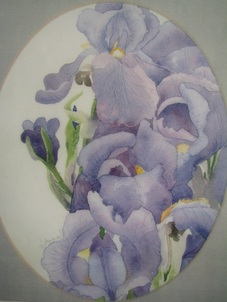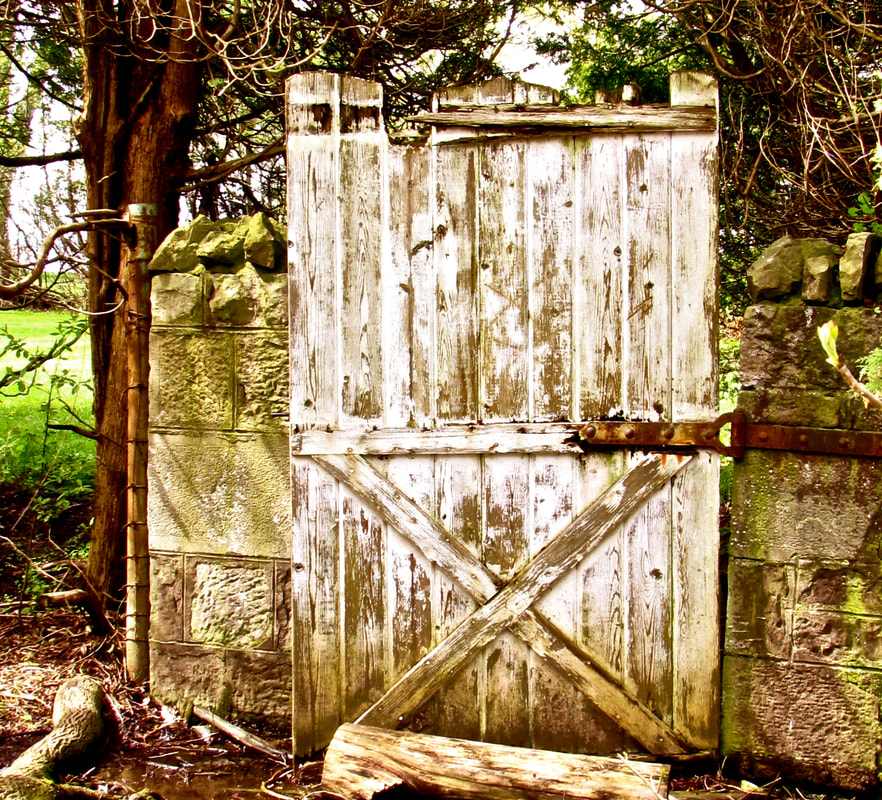 Watercolour 11 x 14
Watercolour 11 x 14 It was the Phoenicians who first created a purple dye (from thousands of luckless sea snails); prized because it resisted fading, this purple actually brightened with exposure to light. It was literally worth its weight in silver. Its rarity and cost as a luxury trade item led the Romans to make Tyrian purple the imperial colour, and a child born to a reigning emperor was said to be "born in the purple.". In 1204, the sack of Constantinople brought an end to its availability. Snails everywhere celebrated.
Now, of course, purple can be created in the lab, but still this secondary colour, created by mixing two primaries, blue and red, retains a certain cachet. And like any mixture, it also gives rise to a range of shades. When the red dominates the blue, you get wine, a colour which I rarely choose, associating it with mens-wear autumn palettes and Tim Hortons' cups. My preference is for the blue to dominate, producing violet. When my father died, Jon and I chose to cover his coffin with mosses and blue violets because he had so loved nature, and for years I have kept African violets in the deepest blues as a reminder of him.
The iris above was so dark purple as to be almost black in places. I couldn't bear to cut it, so I sat in the garden and painted it, using the colours reflected in the dark petals to define different flower parts and to create dimensionality. Knowing no better, I scored the watercolour paper to create the venation.
These irises below were so delicate as to be almost transparent. That is why they look mauve, which is simply purple with the addition of white. In watercolour, of course, it is not possible to mix with white, so I painted them with a thin wash of alizarin and ultramarine, both transparent pigments, and let the paper shine through.


 RSS Feed
RSS Feed
